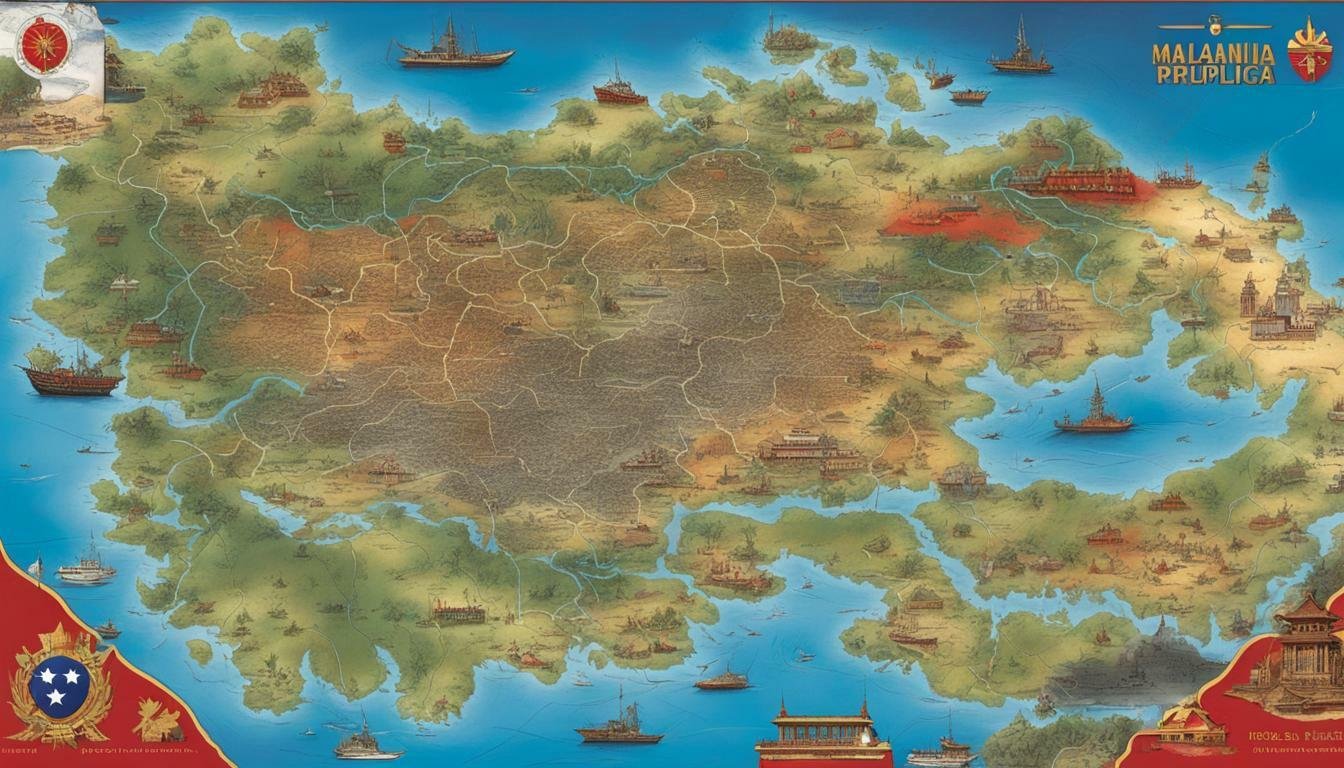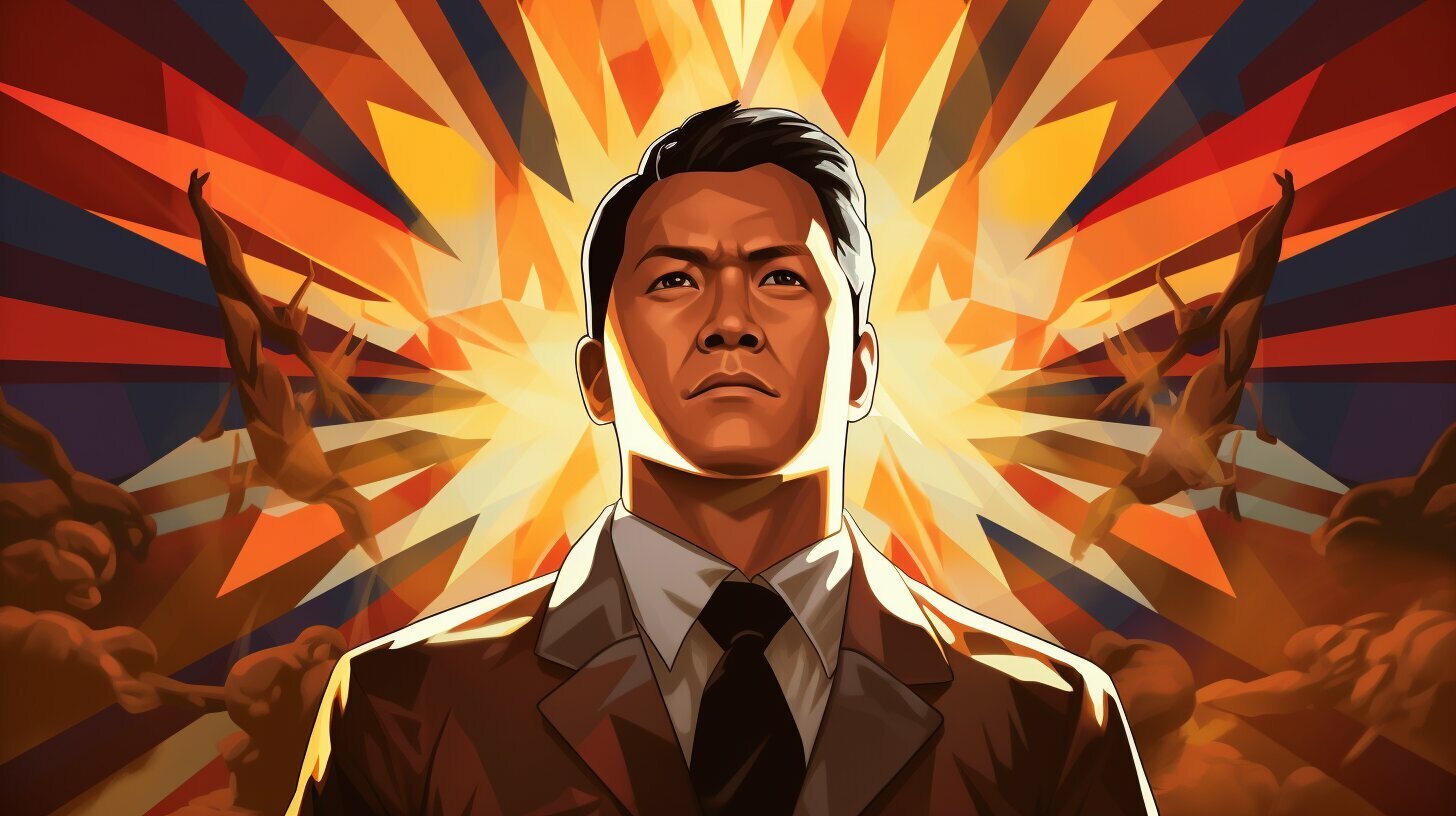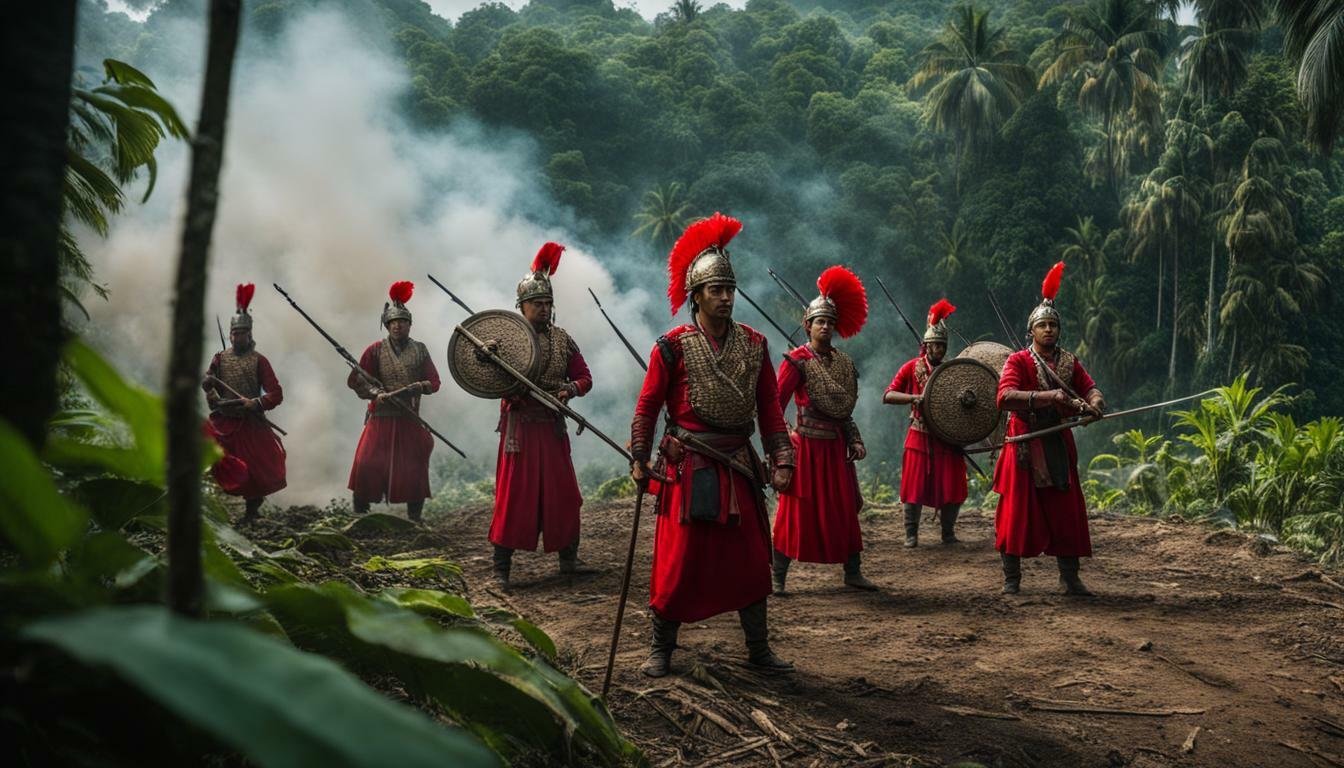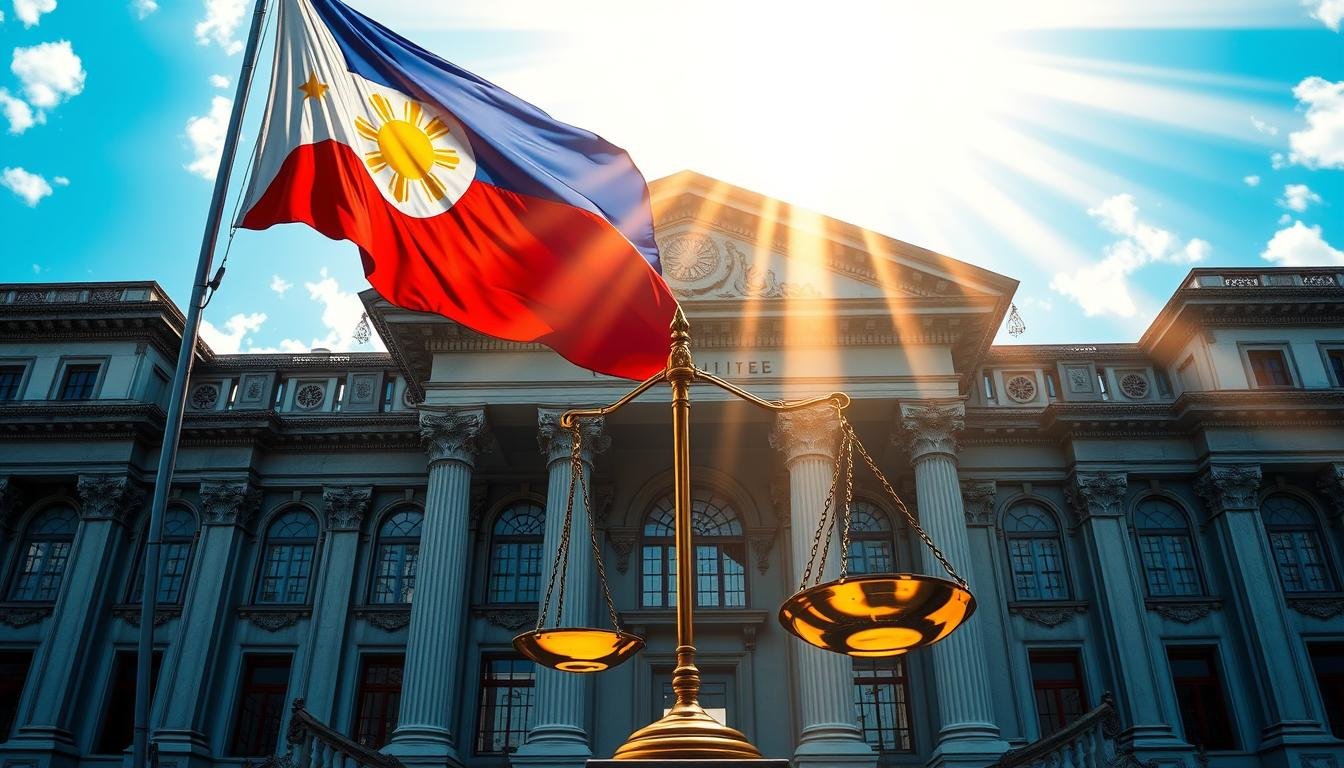The late 19th century marked a period of seismic shifts in global power dynamics, none more impactful for the Philippines than the transition from over three centuries of Spanish colonial rule to an unexpected and brutal conflict with a new rising power: the United States. Often overshadowed by the brevity of the Spanish-American War that…
American Colonial Period (1901-1946)
Emilio Aguinaldo: Leader of the Philippine Revolution
Emilio Aguinaldo y Famy stands as one of the most significant and often debated figures in Philippine history. His name is inextricably linked to the struggle for Philippine independence, a tumultuous period marked by heroic sacrifices, profound betrayals, and the birth of a nation. As the foremost Leader of the Philippine Revolution against Spanish dominion…
Pulahan War Explained
The annals of Philippine history are rich with stories of resistance against colonial powers. While the main narrative often focuses on the Katipunan’s revolution against Spain or the broader Philippine-American War, numerous regional conflicts and uprisings reveal the depth and complexity of the Filipino struggle for autonomy and identity. Among these often-overlooked chapters is the…
The Development of Filipino Art Forms Under American Influence
The evolution of Filipino art forms reflects a rich tapestry of cultural exchange and historical transitions. Under American influence, the definition of art shifted from traditional crafts to more complex expressions of creativity. This period marked a significant turning point in the Philippines’ artistic journey. Native Filipino cultural expressions blended with colonial legacies, creating a…
The Role of American Agricultural Techniques in the Philippines
Agriculture has long been a cornerstone of the Philippine economy, shaping its society and providing livelihoods for millions. Over the years, the introduction of American agricultural techniques has played a pivotal role in transforming farming practices across the country. These advancements have not only boosted productivity but also paved the way for more sustainable and…
The Impact of American Legal System on the Philippines
The American legal system has left a lasting mark on the Philippines, shaping its governance and law practices. From the early 20th century, when the U.S. introduced its judicial framework, the Philippines adopted many principles that remain relevant today. For example, the Philippine Constitution mirrors the U.S. Bill of Rights, ensuring fundamental freedoms. The Supreme…
The Development of Filipino Architecture Under American Influence
Architecture is more than just the construction of buildings; it’s a reflection of culture, history, and societal needs. In the Philippines, this art form has evolved significantly, shaped by both indigenous traditions and foreign influences. The arrival of American colonizers in the early 20th century marked a turning point, introducing new styles and techniques that…
The Development of Filipino Literature in Vernacular Languages During the American Era
The American Era marked a significant turning point in the history of Filipino writing. This period saw the rise of vernacular languages as a medium for artistic expression and cultural preservation. Before this, storytelling was primarily oral, passed down through generations. The introduction of formal education and print media under American rule transformed how stories…
The Impact of American Social Customs on Filipino Etiquette
American social practices have significantly shaped Filipino etiquette over the years. This influence stems from historical ties and the widespread consumption of American pop culture. Understanding these changes helps foster better cultural integration while preserving Filipino heritage. Filipino society has always valued respect and harmony. The introduction of American customs has added new layers to…
The Introduction of American Sports to the Philippines
The Philippines has a rich history of embracing global influences, and American sports are no exception. From basketball courts in local neighborhoods to football fields in schools, these games have become a significant part of Filipino culture. The introduction of these activities dates back to the late 1800s, following the Spanish-American War, and has since…










